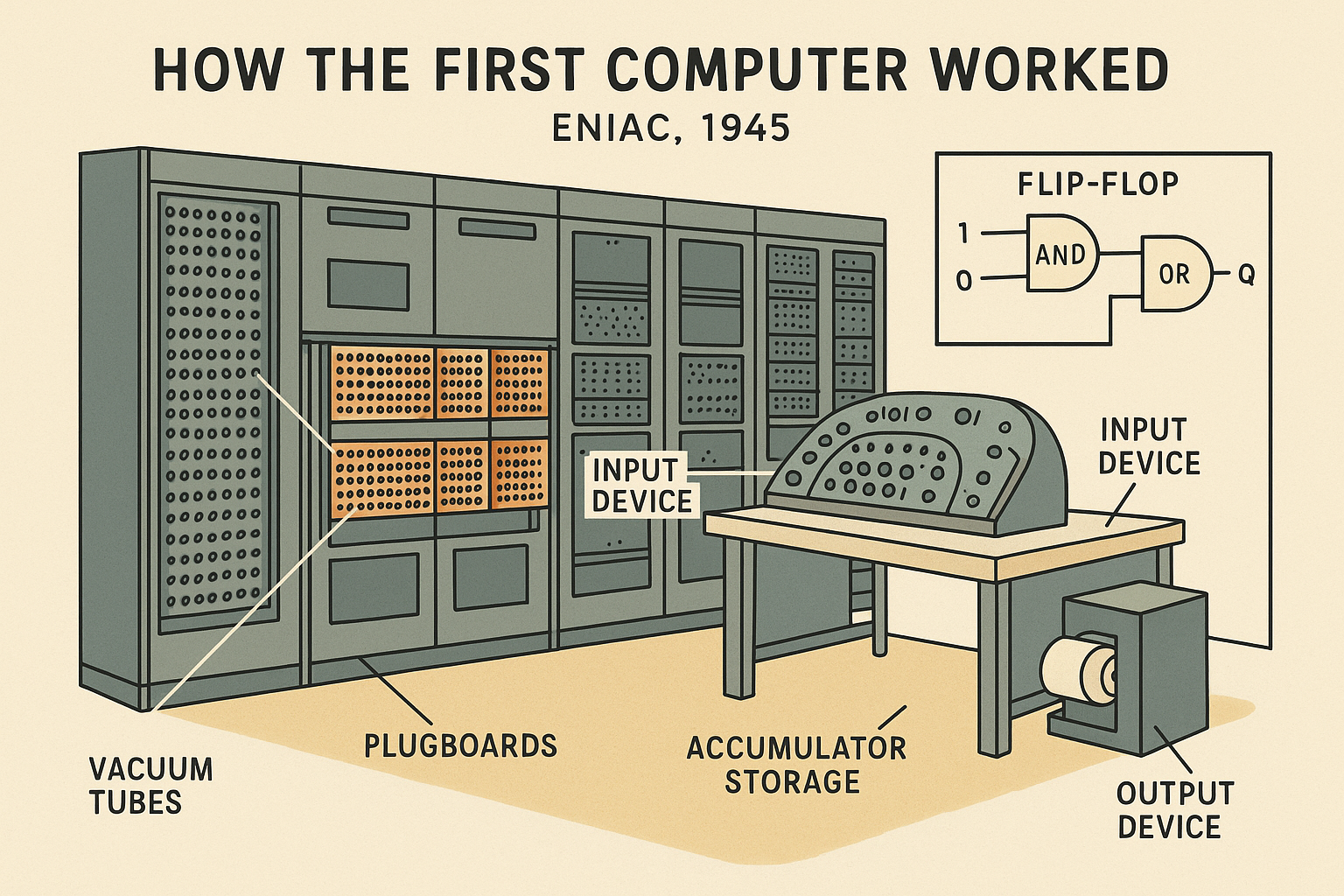
The first computer virus
We are now used to using the term virus also in the IT field, but, if we think about it, when we talk about viruses we usually think of the medical field, and the first connections we make are linked to diseases, bacteria and infections. When did we start talking about viruses also in the IT sector? And why?
Let’s retrace the history of computer viruses from the origins, analyzing how the first virus was born, the consequent first antivirus, and everything that happened in the following years up to today.
The origins: where did the Idea of a computer virus come from?
The term “virus” in computing was coined in the late 1970s by Professor Fred Cohen, who in 1983 wrote one of the first academic papers on the subject. Cohen described a program capable of replicating itself and spreading from one computer to another, much like a biological virus. However, the idea of a self-replicating program already existed.
In fact, back in the 1940s, the famous mathematician John von Neumann wrote a theoretical paper titled Theory of Self-Reproducing Automata, in which he discussed the possibility of a machine being able to replicate itself. This concept was later revisited as the foundation for the development of the first computer viruses.
The first virus: Creeper
The very first computer virus dates back to 1971 and is known as Creeper. Created by Bob Thomas, an engineer at BBN Technologies, the virus was not malicious in the way we know today. It was more of an experiment than a threat. Creeper was designed to infect mainframe computers running the TENEX operating system and spread via ARPANET, the precursor to the Internet.
Once a system was infected, Creeper didn’t destroy files or steal data. It simply displayed the message: “I’m the creeper, catch me if you can!” It was almost like a digital game, a first glimpse of what would become a global problem.
The First “Antivirus”: Reaper
To stop the spread of Creeper, Reaper was created, considered the first antivirus program in history. Reaper was also a self-propagating program that spread across ARPANET with the sole purpose of finding and deleting the Creeper virus. This event marks the beginning of a dynamic that would become familiar in later years: viruses and antivirus programs in a constant digital game of cops and robbers.
The 1980s: the virus explosion
While Creeper was the first virus, the phenomenon of computer viruses as a widespread threat really began to emerge in the 1980s. This was a period of explosive growth for personal computers, with systems like the Apple II and Commodore 64 gaining popularity. The environment was ripe for the spread of malicious software.
One of the most famous viruses from this era was the Brain virus, released in 1986. Created by two Pakistani brothers, Basit and Amjad Farooq Alvi, Brain was a boot sector virus that infected floppy disks. It wasn’t particularly destructive, but the creators had an unusual motive: they wanted to promote their software services and protect their products from piracy.
From here, things got more serious. Viruses like Jerusalem (1987) and the Morris Worm (1988) caused much more significant damage, marking a new era in which viruses were no longer just pranks or experiments but digital weapons capable of compromising networks and systems on a large scale.
The evolution: from viruses to modern cyberattacks
Over the years, computer viruses have evolved significantly. What started as academic experiments or digital games quickly transformed into a serious global security issue. Today, computer viruses are just one of many weapons used in more complex attacks, including malware, ransomware, spyware, and DDoS attacks.
Ransomware, for example, has become infamous for its ability to encrypt a user’s or company’s data, demanding payment in exchange for restoring access. In 2017, the WannaCry attack infected hundreds of thousands of computers worldwide, crippling hospitals, businesses, and governments.
State-sponsored attacks represent another front in the digital war. These are targeted attacks aimed at destabilizing critical infrastructure, spying on political or military rivals, or manipulating public opinion through sophisticated cyberattacks.
The digital war: a constantly evolving conflict
What began as a series of academic experiments and programmer pranks quickly turned into one of the most important battles of the modern world. Today, with billions of devices connected to the Internet, the digital war is not just fought between hackers and antivirus software but involves governments, companies, and international organizations.
The cyber threat is continuously evolving, as are the defenses against it. Cybersecurity experts are constantly developing new solutions to protect systems from increasingly sophisticated attacks. At the same time, cybercriminals are continually devising new techniques to circumvent these defenses.
The story of the first computer virus, Creeper, marks the beginning of a long and complex digital war that shows no signs of slowing down. From the simple display of a message on a terminal to large-scale attacks threatening national security, computer viruses and related threats continue to pose a crucial challenge for our increasingly digitized society.
As technology advances, one thing is certain: the battle between cybersecurity and digital threats is far from over. What the future holds, with the introduction of technologies like artificial intelligence and quantum computing, may once again redefine the boundaries of this endless war.








